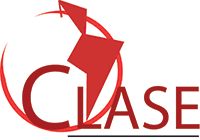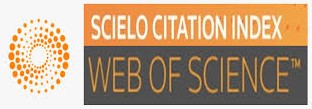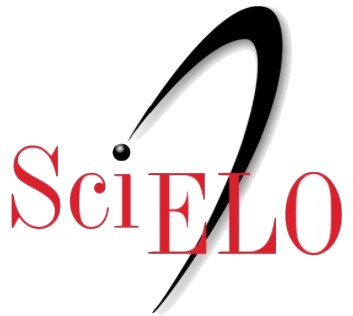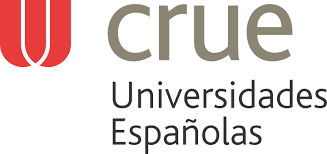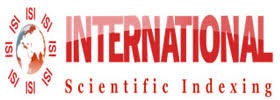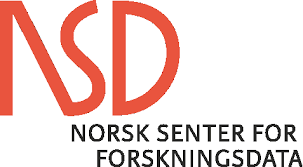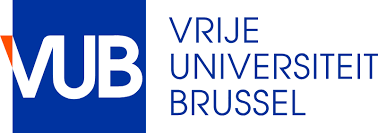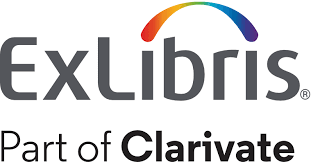An outline on the immediate future of engineering careers in Mexico from the scientific-technological change
DOI:
https://doi.org/10.22335/rlct.v3i1.102Keywords:
Future scene, careers of engineering, technological changeAbstract
The creation of engineering careers has generally responded to the demand for new engineers by the society for the management of different technology platforms throughout the years these have supported productive activities. Taking as a frame of reference engineering careers throughout their history have taught at the Faculty of Engineering of the National Autonomous University of Mexico (FENAUM), in this work a scene appears on which they can be the careers of engineering that possibly will be created in Mexico in the nearby future. The methodology divides of the areas of research and development identify technologically emergent more dynamics and predictable which surely will influence the creation of the new careers of engineering. The analysis shows that intensive technological changes of last three decades have brought remarkable economic and social changes, so that the problem of engineering education has had to adapt to answer also now the dynamics of technological change. We conclude that in order to the system in charge of the engineering education not only is kept, but it is consolidated it will be necessary that the construction of new courses this one attuned to the new technoeconomic and social awaited environment.
Downloads
References
CHAREONWONGSAK, K. (2002). Globalization and technology: how will they change society? Te chnology in Society , vol. 24 (191-206). Elsevier Science Ltd.
COMUNIDAD UNAM, (2007). La FESC oferta nueva carrera: licenciatura en Tecnología. Disponible en: http://www.cuautitlan.unam.mx/gaceta_comunidad/pdf_comunidad07/com25marzo07.pdf. Consultado de agosto de 2011.
EL MUNDO.es (2011): "Crisis Mundial en Fukushima, Terremoto en Japón". Disponible en el mundo.es (2011). http://www.elmundo.es/especiales/2011/terremoto-japon/terremoto_tsunami.html. Consultado: 07 de septiembre de 2011.
GEISLER, E., (1992), Information and telecommunication Technologies in the 1990's: Trends and managerial challenges, International Journal of Technology Management. Vol. 7, Nos 6/7/8; pp.381-389.
GO, R. (2010). The future of the life science Industries: aftermath of the global recession. Deloitte Touche Tohmatsu, Swiss.
KURZWEIL (2010). "Latest technology breaktroughs". Disponible en: http://www.kurzweilai.net/sciencesbreakthrough-of-the-year-the-first-quantum-machine. Consultado 31 de agosto 2011.
LANDRY, J. T. (1997). "Going global: arrive on the ground running". Harvard Business Review, March-April, 13.
MARTIN, J. (2006). The meaning of the 21st Cen tury . Riverhead Books. Penguin Group. New York.
MC. KELVEY, M. (2008). "OECD International Futures Project on "The Bioeconomy to 2030: Designing a Policy Agenda". Health Biotechnology: Emerging Business Models and Institutional Dri vers . Multi-Disciplinary Issues International Futures Programme. Sweden.
MC.LUHAN, M. (1994). Understanding media: The extensions of man . Harper & Row. New York.
QUALCOMM MEMS TECH (2007). "Revolutionary display technologies inpired by nature". Disponible en: http://www.qualcomm.com/common/documents/brochures/MCL1038_IMOD_Brochure.pdf; consultado 31 agosto 2011.
RICKARDS, T. (2003). The Future of Innovation Research. In The International Handbook of In novation Edited by Larisa V. Shavinina. Elsevier Science Ltd.
SAITO, F. (1997). Managing technology development at NEC Corporation. International Journal of Tech nology Management , vol. 14, Nos. 2/3/4 (196-207).
SÁNCHEZ, D. G. (2003?). "La sociedad del conocimiento y el desarrollo de la infraestructura global de la información". Aportes Revista de la Facultad de Economía de la Benemérita Universidad Autónoma de Puebla. Año III, No. 9 (83-99). Puebla, México.
SASSON, A. (2005). Medical Biotechnology, achie vements, prospects and perceptions . United Nations University Press.
US CONGRESS, OFFICE OF TECHNOLOGY ASSESTMENT (1988). Advanced Materials by design . OTA-E-351 Washington D.C. US Government printing Office.
WIDDIG, B., LOHMANN, J. (2007). "Educating engineers for the global workplace". Report of the study "In search of global engineering excellence: educating the next generation of engineers for the global workplace". American Society for En gineering Education (AC 2007-854).
Downloads
Published
Issue
Section
License
Copyright (c) 2011 Revista Logos Ciencia & Tecnología

This work is licensed under a Creative Commons Attribution 4.0 International License.
This journal provides free and immediate access to its content (https://creativecommons.org/licenses/by/4.0/legalcode#languages), under the principle that making research available to the public free of charge supports greater global knowledge exchange. This means that the authors transfer the Copyrights to the journal, so that the material can be copied and distributed by any means, as long as the authors’ recognition is maintained, and the articles are not commercially used or modified in any way.

